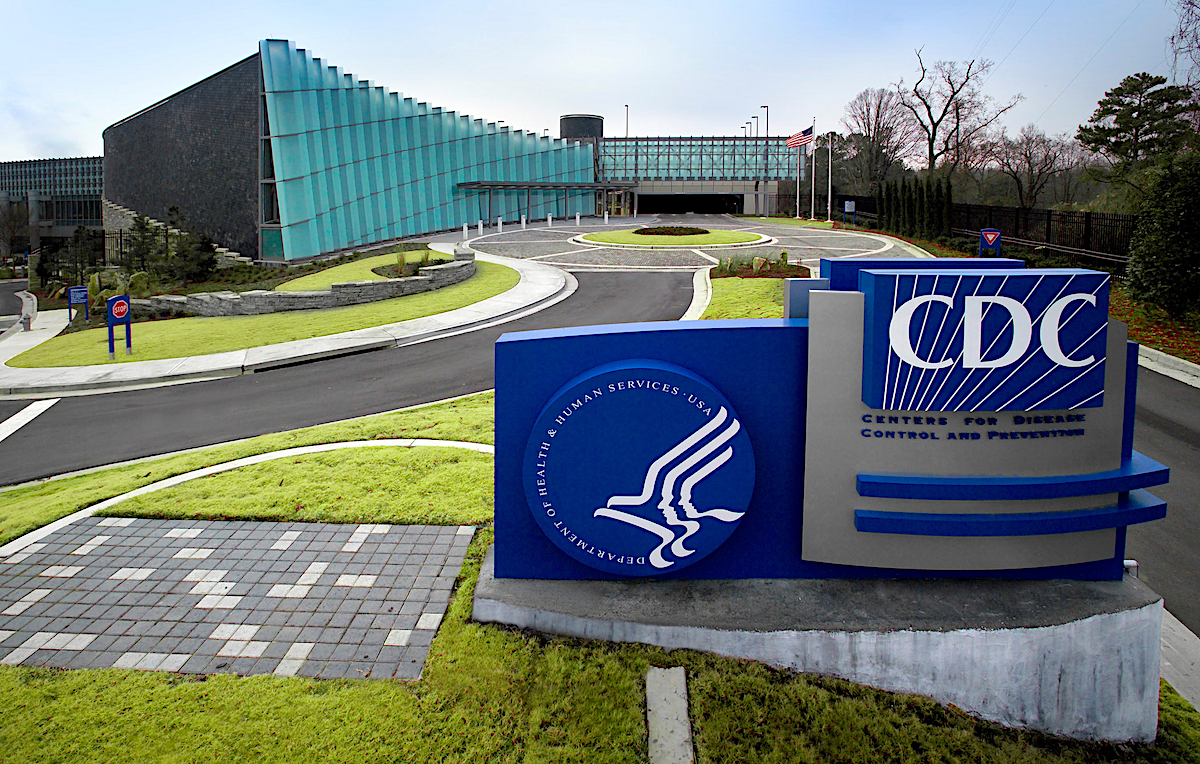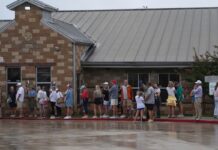
(GA Recorder/WASHINGTON) — People who are fully vaccinated against COVID-19 can safely socialize inside with other vaccinated individuals without wearing masks or maintaining distance, federal health officials advised Monday in their first formal guidance for vaccinated Americans.
Perhaps more critically at a time when more than 90% of Americans are still waiting to be fully vaccinated, the Centers for Disease Control and Prevention guidelines also detail one scenario in which public health officials suggest it’s safe for those who are fully vaccinated to gather with those who are not.
Vaccinated individuals can gather with one other household that includes people who have not been vaccinated, as long as none of those lacking vaccines are at high risk for complications from COVID-19, officials said.
“If grandparents have been vaccinated, they can visit their daughter and her family, even if they have not been vaccinated, so long as the daughter and her family are not at risk for severe disease,” CDC director Dr. Rochelle Walensky said during a news conference.
Walensky added that if any of those unvaccinated are at high risk, everyone — including those with vaccines — should still wear a mask, physically distance, and gather outside or in a well-ventilated space.
The new recommendations offer a glimmer of hope just days before March 11, which will mark one year since the World Health Organization declared a pandemic and the country began to lockdown in response to the COVID-19 outbreak. President Joe Biden is set to give his first primetime address Thursday evening to commemorate that anniversary.
Biden also will meet with officials from two vaccine manufacturers, Johnson & Johnson and Merck, at the White House on Wednesday, according to White House Press Secretary Jen Psaki. He had been scheduled to travel to Baltimore to meet with them at Emergent BioSolutions, which produces the drug substance for the J&J vaccine.
But as health officials detailed scenarios in which vaccinated individuals can begin to return to a semblance of normal life, they still urged caution, citing insufficient data about whether vaccinated individuals can transmit the virus.
Those who are vaccinated are urged to continue taking safety precautions — including wearing masks, socially distancing, and gathering outside — if gathering with people from multiple households.
And everyone, regardless of vaccination status, is still urged to refrain from large gatherings or non-essential travel. The guidance against travel is likely to come into conflict with the new recommendations on socializing after receiving a vaccine, with many agitating to travel to see family members in other states after a year of separation.
“As more people get vaccinated, levels of COVID-19 infection decline in communities, and as our understanding of COVID immunity improves, we look forward to updating these recommendations,” Walensky said.
The guidelines come against a backdrop in which U.S. infections and hospitalizations are dropping, but not yet far enough to diminish the high rates of transmission in most communities. New variants of the virus also continue to circulate, yet some states have begun to lift restrictions on mask-wearing and business capacity.
The pace of COVID-19 vaccinations through the three federally authorized shots has picked up to more than 2 million doses per day, with 59 million individuals having received at least one dose and 31 million now fully vaccinated.
Being “fully vaccinated” under the CDC’s definition means those who are at least two weeks past receiving the one-dose Johnson & Johnson vaccine or the second dose of either the Pfizer or Moderna shots.
People who are fully vaccinated are now advised that they do not need to quarantine or seek a COVID-19 test if they are exposed to the virus, as long as they do not have symptoms of infection.






